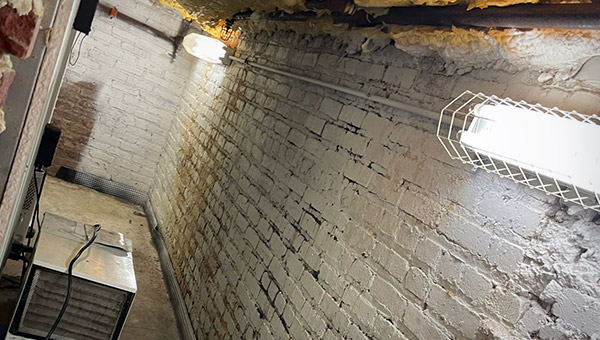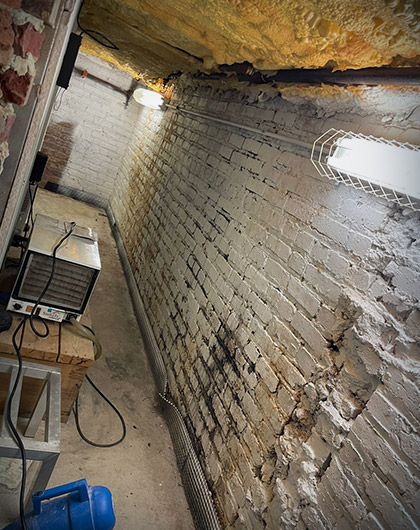
Feeling overwhelmed by basement mold and unsure where to start? We understand the worries it brings, from health concerns and structural risks to the potential impact on your home's value.
Take control! This comprehensive guide from FDP Mold Remediation empowers you with the knowledge to effectively identify, safely address, and proactively prevent basement mold, ensuring a healthier and more secure home.
The presence of mold in a basement is a common problem for homeowners, often stemming from the naturally humid and often poorly ventilated environment below ground level. Mold can manifest in various forms and colors, not only posing an aesthetic nuisance but also potentially impacting indoor air quality and the health of occupants. Recognizing the signs of basement mold is the crucial first step in addressing the issue effectively. As a reputable mold treatment company, we provide comprehensive solutions for these problems.
Building upon the understanding that basements are prone to mold, let's explore the specific conditions that allow it to flourish.
Mold doesn't just appear out of nowhere - it needs the right conditions to grow. Here's what makes your basement a prime target:
Mold thrives in the presence of moisture, and high humidity levels, particularly those exceeding 60%. Basements are frequently susceptible to dampness due to factors such as inadequate ventilation and water seepage, making them common areas for mold to develop. Several sources can contribute to this moisture:
Stagnant air traps moisture and allows mold spores to settle and grow. Without proper airflow, your basement becomes a breeding ground for mold. Seasonal factors also play a role:
Mold grows best in warm temperatures, typically between 60-80°F. Combined with moisture, this temperature range creates the ideal conditions for mold to flourish. Additionally, porous materials like drywall, wood, and carpet absorb moisture and provide a food source for mold, while improperly installed or damaged insulation can trap moisture and promote growth.

Spotting mold early can save you time, money, and stress. Here's how to identify it:
When identifying mold in your basement, it's important to look for discolored patches on various surfaces such as walls, floors, and ceilings. Mold can present in a range of colors, including black, green, white, and even orange, and often has a texture that appears fuzzy or slimy. Pay close attention to corners, behind furniture, under sinks, around windows, and near water heaters.
A persistent musty smell is a telltale sign of mold, even if you can't see it. This odor is caused by microbial volatile organic compounds released by mold. To locate the source:
Mold can often develop in areas that are not immediately visible, such as behind walls, within wall cavities, or under flooring (beneath carpets, tiles, or wooden floors). Moisture in these hidden spaces can lead to mold growth. HVAC systems, including air ducts, filters, and drip pans, can also harbor mold.
Since these areas are not easily accessible for a visual inspection, professional mold testing-using tools like moisture meters and thermal imaging cameras-may be required to confirm hidden mold growth.
By paying attention to visual signs, odors, and potential problem areas, you can better assess whether mold might be present in your basement.
If you suspect mold but aren't quite sure, a home mold testing kit might help you get some answers. These DIY kits-available at most hardware stores-usually include air or surface sampling tools. While they can give you a rough idea, they're not always accurate. For peace of mind and reliable results, professional mold testing is your best bet. But if you do use a kit, be sure to follow the instructions closely to collect the right samples and interpret the results correctly.
Removing mold from your basement can be a daunting task, but with the right approach, it's entirely manageable. Here's a step-by-step guide to help you tackle the basement mold problem effectively.
For small mold patches that are less than 10 square feet, you can attempt to handle the cleanup yourself by taking necessary preparation steps. This includes:
When it comes to cleaning solutions, you have both natural options like vinegar, baking soda, or hydrogen peroxide, as well as commercial products specifically designed for mold removal, which should be used according to the manufacturer's safety instructions.
The cleaning techniques will vary depending on the affected surface:
Once cleanup is complete, make sure to double-bag and properly dispose of any contaminated materials. Wash your clothes separately from other laundry and take a shower to remove any lingering spores.
Finally, keep an eye on the area over the next few days to ensure mold doesn't return. If it does-or if the affected area is larger than 10 square feet-it's time to call in a professional mold remediation service.
While small mold patches can sometimes be handled with DIY methods, certain situations require the expertise and specialized equipment of a professional mold remediation company like FDP Mold Remediation. It's crucial to recognize that attempting to tackle mold yourself could be ineffective, potentially dangerous, or might not address the underlying issues. Call the professionals in case of:
Don't risk ineffective or unsafe mold removal. If any of these situations apply to your basement, contact FDP Mold Remediation today for a thorough assessment and to discuss your remediation options.
When you choose FDP Mold Remediation for professional basement mold removal services, you can expect a thorough and meticulous process tailored to your specific needs. Our experienced technicians begin with a comprehensive inspection of your basement to accurately pinpoint the source and extent of the basement mold problem.
Following this detailed assessment, we implement stringent containment measures, carefully sealing off the affected area within your basement with professional-grade materials to prevent any further spread of mold spores throughout your property during the basement mold removal process.
The removal process involves several critical steps, which may include powerful HEPA vacuuming to effectively remove surface mold and microscopic spores from your basement, and the application of industry-leading antimicrobial treatments to eliminate remaining mold at its roots. We also ensure the safe and compliant removal of all heavily contaminated materials from your basement that cannot be effectively cleaned.
Crucially, FDP Mold Remediation goes beyond mere removal of basement mold. We focus on identifying and addressing the underlying root cause, such as identifying and recommending solutions for leaks, ventilation issues, or excessive humidity, to significantly minimize the risk of future basement mold recurrence and ensure a healthy, mold-free environment for your home.
When selecting a mold remediation company to protect your home and health from mold, consider several key indicators of professionalism and reliability. Look for companies holding certifications from reputable organizations like the IICRC, as this demonstrates a commitment to industry standards. Additionally, take the time to check online reviews and don't hesitate to ask for references from past clients to gain valuable insights into their experience.
Finally, it's essential to obtain multiple cost estimates to understand the scope of work and ensure transparency in pricing. By considering these factors, you can confidently choose a reputable company, like FDP Mold Remediation, that will address your mold issues effectively.
Preventing mold growth in your basement involves several key strategies:
Mold problems often start small but can quickly spiral out of control. Here's how one Newark homeowner faced - and solved - their basement mold nightmare with our help.
A client from Delavan Avenue, Newark, NJ, contacted FDP Mold Remediation after struggling with a recurring mold problem in their basement. Despite their efforts - cleaning visible mold, discarding contaminated items, and conducting mold tests - the mold returned within a week. This indicated a deeper issue that DIY methods couldn't resolve.
The root cause? Common basement conditions: high humidity, warmth, and poor ventilation. Surface-level cleaning had failed to address hidden mold in porous materials and crevices, as well as airborne spores. Our team conducted a thorough remediation process, including containment, antimicrobial fogging, and advanced air filtration. After three days, the basement was mold-free, with moisture levels restored to safe ranges.
This story is a reminder that mold is more than just a surface-level issue. If you're dealing with persistent mold, professional help might be the best solution.
Maintaining a mold-free basement in the long term requires consistent effort. This includes:
Mold doesn't have to be a permanent problem in your home. Whether you're dealing with a small patch or a full-blown infestation, FDP Mold Remediation is here to help. Contact us today for a professional assessment and take the first step toward a mold-free basement.
Yes, in most cases for small areas (<10 sq. ft.), you can use DIY methods. However, for larger infestations or persistent mold, it's best to call a professional.
The duration depends on the severity of the problem, but most projects take 1-3 days.
Mold can cause allergies, respiratory issues, and other health problems, especially for those with weakened immune systems.



